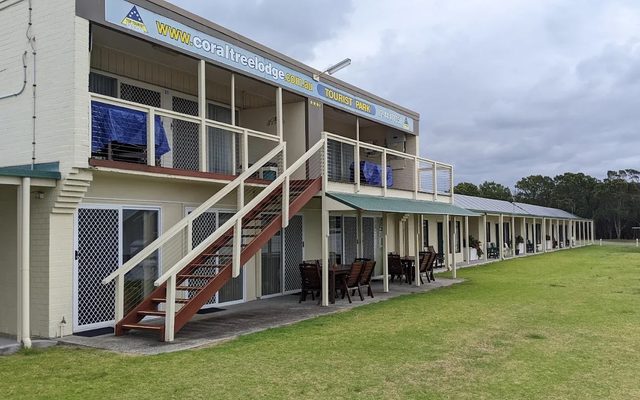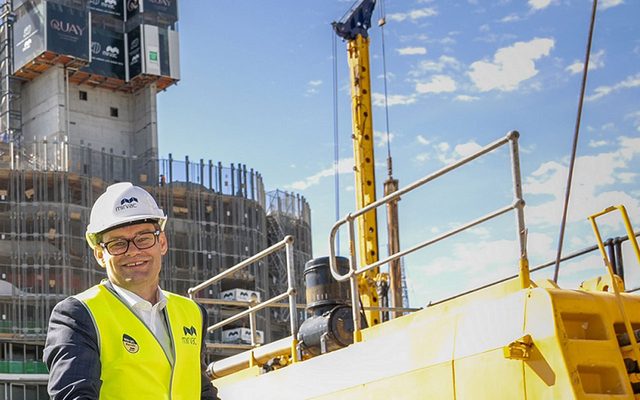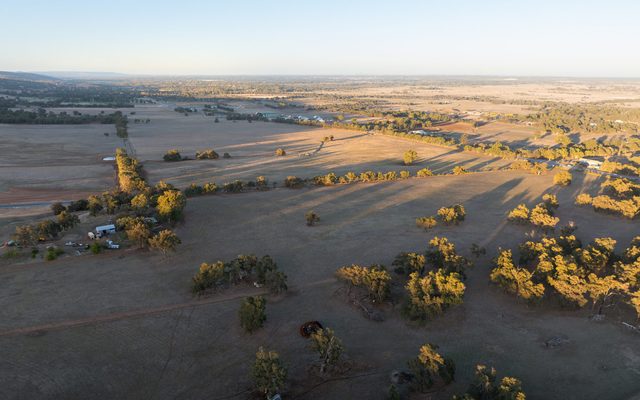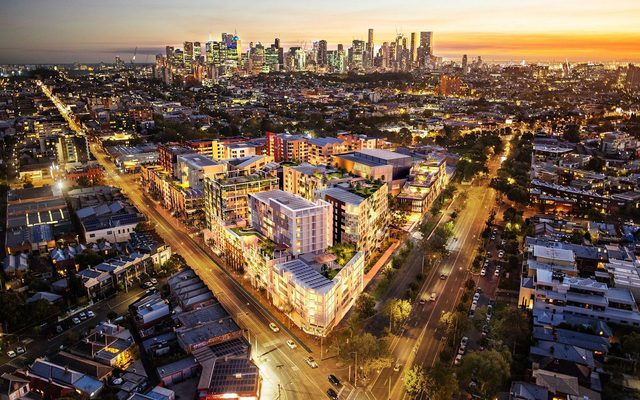This article is from the Australian Property Journal archive
HOTEL baron Jerry Schwartz has slammed the NSW Independent Planning Commission’s “graveyard” announcement to approve Mirvac’s $708 million redevelopment plans for Harbourside Shopping Centre in Darling Harbour, which threatens to impede the views of his Sofitel Hotel.
He said the announcement, in the graveyard hours of Friday and just prior to the lockdown of Sydney, could at best be viewed as “cynical” and at worst, a deliberate attempt to avoid scrutiny from the public and Darling Harbour stakeholders.
Schwartz looks set to make good on his promise early last year to challenge the proposal. Mirvac’s redevelopment would have about 87,000 sqm of total floorspace including commercial, retail and residential space, and a 42-level, 357-apartment tower that would now be in the middle of the site.
Mirvac paid $252 million for the site in 2013 and is the long term leaseholder. Initial redevelopment plans were submitted in 2015 and received widespread objections from the public, the Sydney Harbour Association and the City of Sydney. In 2019, it lodged a new plan for the site, proposing a commercial office above a redeveloped shopping and commercial centre.
Amendments have been made that included a 12.5-metre tower height reduction, shaving the number of apartments down from 364, increasing car parks to 306 and relocating the tower to the site’s centre. Included in the new plans are an observation deck, outdoor cinema with 250 seats and a marketplace with floating walkways.
“In the end, the decision is all about approving a residential development that is completely contrary to the Darling Harbour Development Plan,” Schwartz said.
“That Plan states clearly that developments should ‘encourage the development of a variety of tourist, educational, recreational, entertainment, cultural and commercial facilities within that area’, and then it says expressly that all other kinds of development should be prohibited.
“Previous NSW planning bodies have rejected proposals for the Harbourside redevelopment to include residential, so we cannot understand why approval should be given for something that is totally incompatible with the precinct’s vision.”
Schwartz paid $348 million for the Sofitel in 2017.
He said it could be argued Mirvac “shouldn’t have got involved with the project from the outset” as the developer has “continually stated that the residential component was necessary to make the project viable”.
Schwartz said the whole point of the original proposal was to redevelop the Harbourside shopping centre, rather than develop “a massive residential tower under the guise of redeveloping the existing shopping component”.
“The rest of Mirvac’s proposal – the commercial and retail – was just a smokescreen for what was always the ultimate end game: a disproportionate residential development which goes completely against the ethos of the original Darling Harbour design concept.”
The tensions threaten to grow into a repeat of the Barangaroo saga, which played a major role in the collapse of the Grocon construction empire.
“The NSW government has an obligation to uphold the objections of City of Sydney and Darling Harbour’s major tenants, who invested heavily into the precinct based on the provisions of the long-established and fully documented Development Plan,” Schwartz said.




